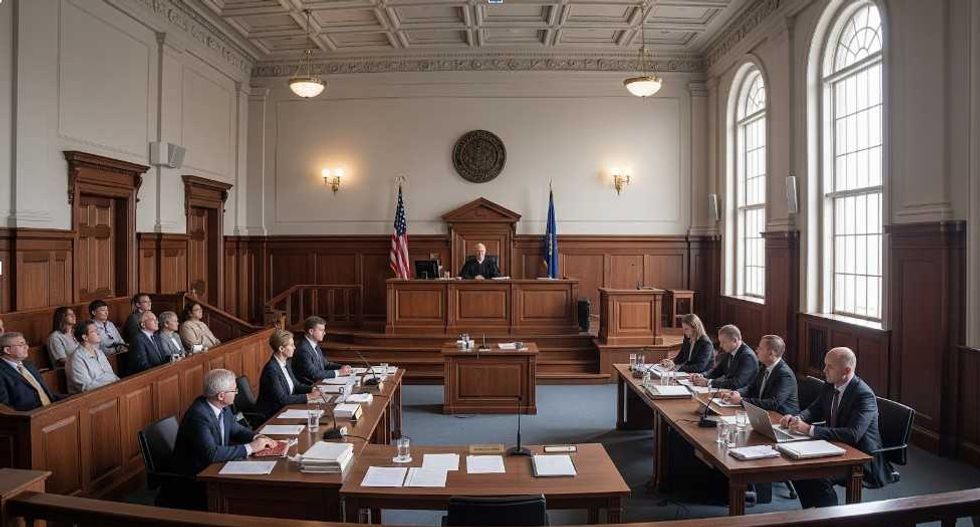Advertisements and subscriptions to platforms such as YouTube, Netflix, and Hulu can make for an irritating user experience. But to function, these platforms and the creators need the financial support. Therefore, a streamlined viewing experience is practically impossible to achieve. Jerry Kauffman felt he had to find a way to overcome this obstacle, then he had his "best idea ever," and started LBRY. By using blockchains, LBRY takes away the power of big media and third party companies and allows for creators and users alike to have control over digital content.
This past July 4, LBRY launched the beta release of their app and live blockchain. Currently, users can watch the film "It's a Disaster" and the popular "Fight of the Century: Keynes vs. Hayek Rap Battle" -- the latter reminiscent of the LBRY team's affinity for economics. As LBRY is a protocol, not a service, artists and users are given much freedom to distribute and access content as they like. Through the use of cryptocurrency, artists are paid for what they put up. Decentralization is a key component in LBRY's interface.
To understand and appreciate the working of LBRY, some technical terms need to be defined:
When a code to build a software program is open source, the code is available to the public. It embodies a philosophy that codes should be shared and improved upon. To construct LBRY, they built upon an open source Bitcoin code, and encourage others to build upon the LBRY code. Their source code is available at GitHub.
Cryptography (a subset of mathematics) governs the unit of value that is the cryptocoin. Most currencies' values are enforced by the government through legal tender and prosecuting counterfeiters. Cryptocurrencies maintain their value by their currently unbreakable cryptographic algorithms and clever design of the blockchain. Some benefits of cryptocurrency are that they are unable to be counterfeited and can be used for micro-payments smaller than credit cards allow. This is essential for the payment model of LBRY.
A blockchain is a data structure that creates a digital ledger of transactions and shares it among a distributed network of computers, like cryptocurrency. Bitcoin was the first application to be built on top of blockchain.
While LBRY can hold various forms of digital media -- books, music, games, etc. -- the LBRY team is focused on video right now because it is the most "compelling demonstration" of the technology's power. Instead of giving into the needs of advertisers on the likes of YouTube and television, LBRY's format helps with pushing content that appeals to users' tastes. Niche content has the capacity to flourish, and according to Mike Vine, co-founder and evangelist, indie artists may be able to make a living off of a modest fan base from around the world.
The people behind LBRY believe that their creation is foreshadowing the end of media as we know it, and entering digital post-scarcity, where the costs of duplicating goods is eliminated or reduced. No matter where you believe the digital age is headed, keep your eyes on LBRY, for there is no doubt that it has the capacity to shake the media world.





















